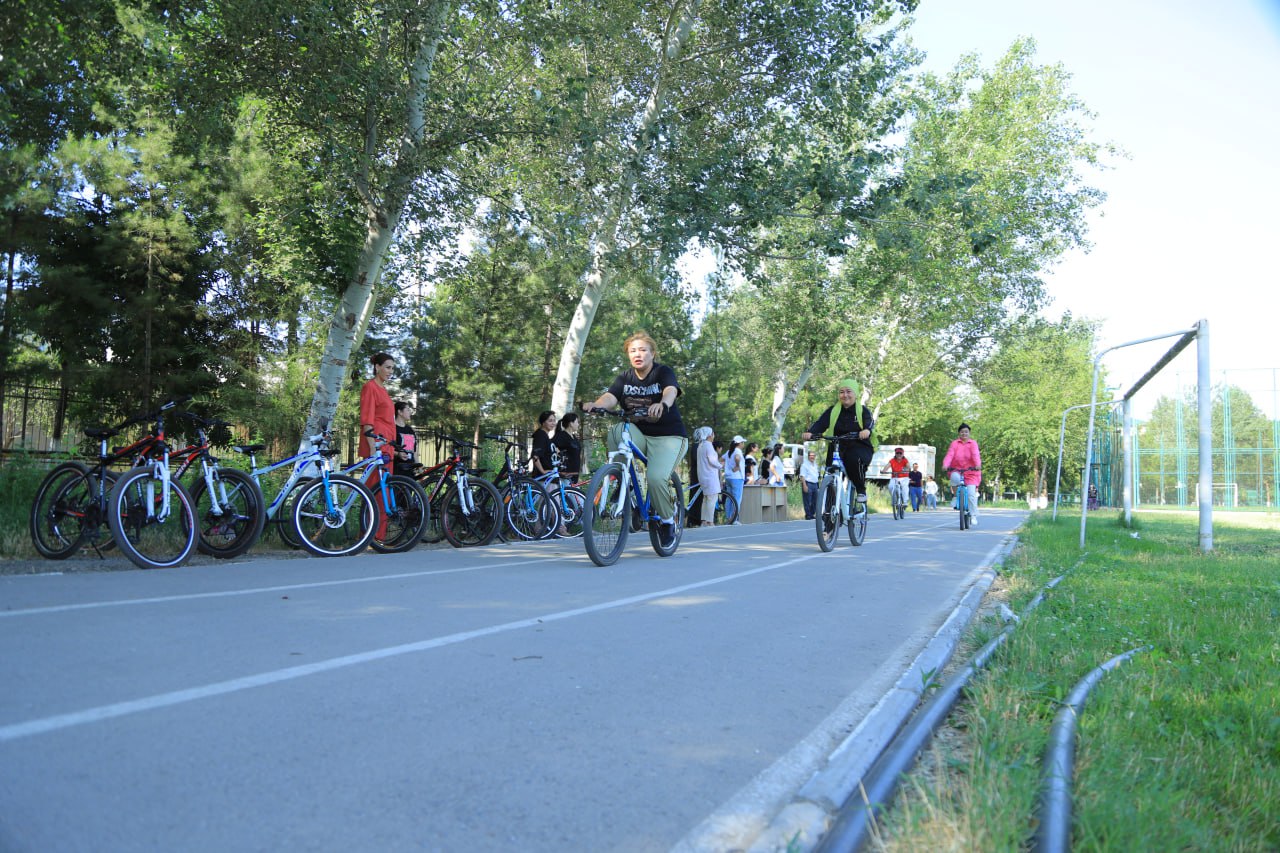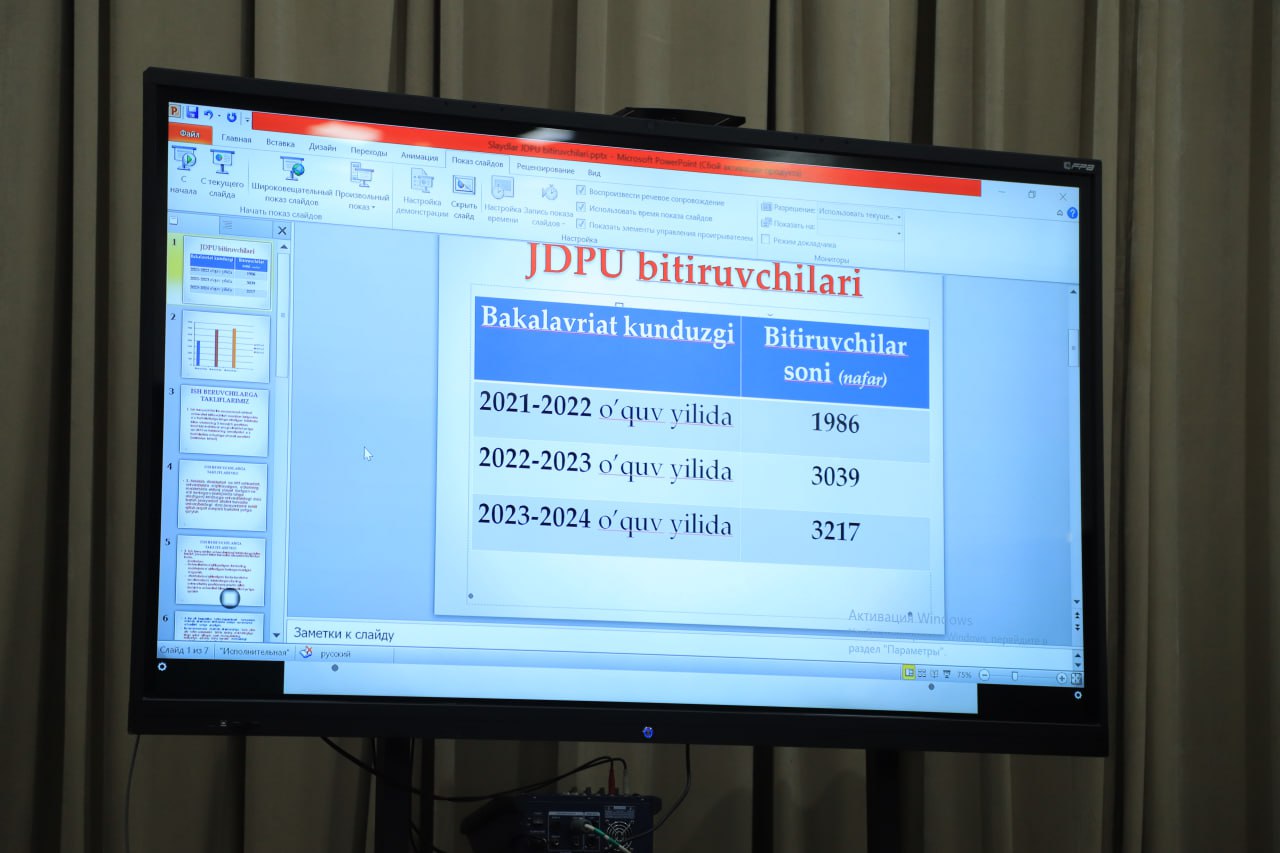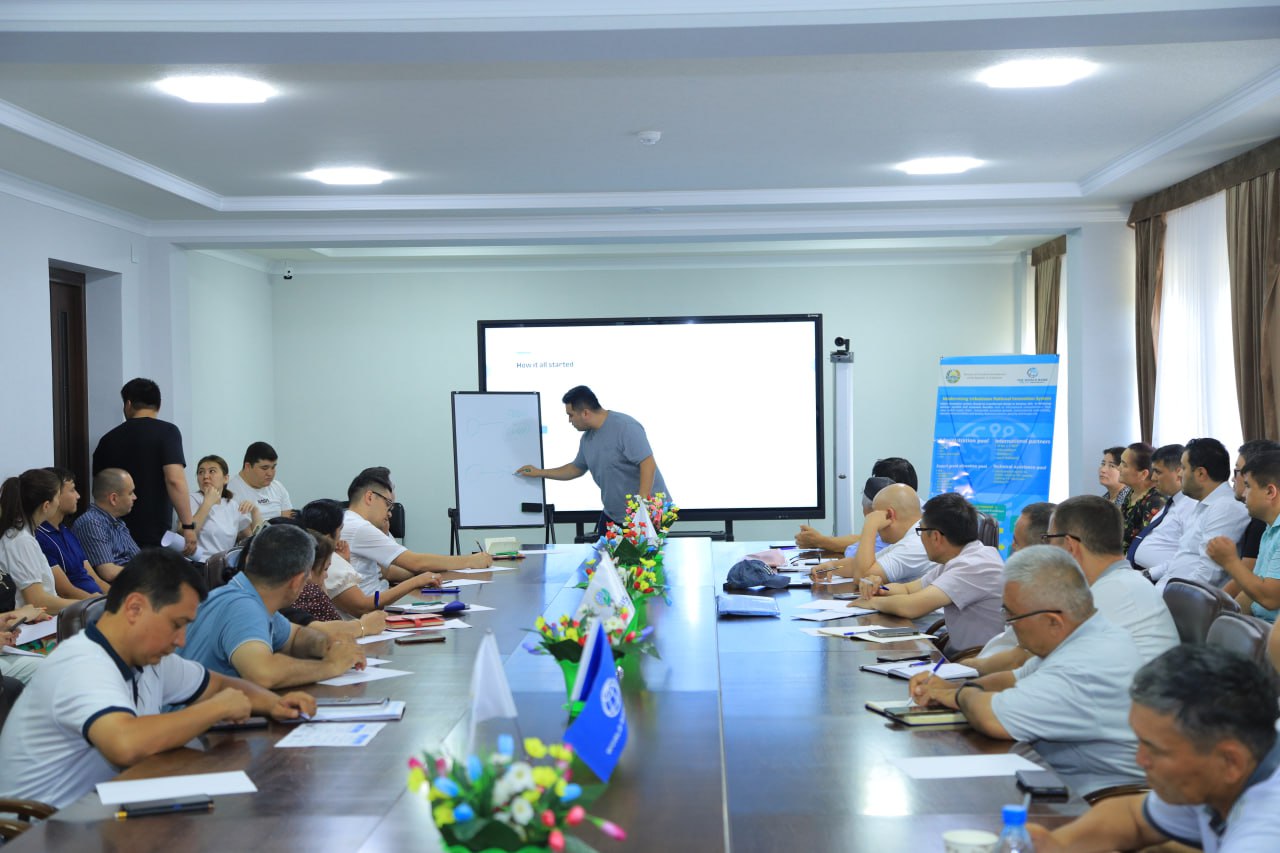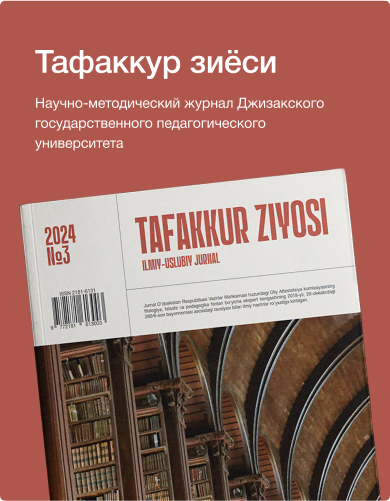Аннотация: общение на любом языке предполагает произношение, интонацию, понимание
и знание разговорного диалекта и сленга. Чтобы практиковать свободное владение
английским языком в реальных ситуациях, студенты, изучающие английский язык – будь то
родной или не родной язык – получают пользу от изучения основных навыков общения на
английском языке. Использование современного подхода, вместо использования только
учебника или учебника, помогает студенту узнать больше о том, как общаться. В то
время как изучение грамматики студента жизненно важно для правильного разговора по-
английски, обучение студентов с помощью примеров и разговоров является более успешным
путем. Современные методы обучения – это эффективный способ общения с поколением
учеников, которые привыкли к последовательной стимуляции и образованию.
Ключевые слова: метод, характер, эффект, современный, воздействие, общество, знания,
участие, обучение, развитие, ситуация.
We will present some methods that is developing observation skills.
Skits. Come up with a dialogue for a skit between students. Choose a topic or theme, such as
family vacation, first day of school year, camping or sleepover. You can also come up with a
conflict for each story, such as, in the family vacation topic, missing the flight for the destination. If
your students are at a more advanced English language level, allow them to come up with a
dialogue together. Ask the students to get into character to play their parts. For example, in the
family example, each student may play a role like the mother, father, brother and sister. They will
communicate with each other about what to do since they missed their flight. Encourage creativity,
humor and dramatic effect.
Games. Play games that feature English words and popular phrases. For example, board games
that feature plays on words, catch phrases and popular quotes from English-language TV shows
and movies is a fun way for students to learn English phrases. However, other quieter board games,
like Scrabble, help the students build English vocabulary to help with communication. If you are
tutoring a student, or students, feel free to help students find words in the letter tiles.
Creative Writing “Exquisite Corpse”.Organize students into small groups for a creative
writing exercise. Give each group a topic, such as phone conversation, writing home, preparing for
a soccer game or snow day. One person in each group will write one sentence with less than 15
words on a lined sheet of paper. When she finishes writing her sentence on the topic, she folds the
paper over so the next person cannot see her sentence. After a few circulations, stop the exercise
and let everyone read the sentences all together. It’s likely the “story” won’t make sense. Encourage
students to put the sentences in an order that does make sense for effective communication in
English. For instance, a student may write, in the phone conversation topic, “Hi, Sarah! I just got
home from school. How are you?” and another student may write, “I’m calling to let you know…I
passed the test!” Then students can re-order the sentences in a way they feel is best.
Movie Clip Project. Ask students to make up believable dialogues for characters in the movie
clips you show. For instance, if you show the scene in “The Wizard of Oz” when Dorothy first
lands in Oz, you can create a made-up dialogue for Dorothy and the good queen. If you show a clip
from “The Beauty and the Beast,” students can create a conversation between Belle and the Beast.
Students may write the dialogue on a separate sheet of paper. Be sure to keep the movie on mute. If
you want to show the actual dialogue between characters, you can show the clips in full sound after the exercises.
An important question for every society – and most particularly for emerging as well as
established democracies – is how to educate the young so that they become competent, responsible,
and knowledgeable citizens. That is a challenge of overriding importance. Not only does the quality
of life in a democracy depend upon how well that challenge is met. So, too, does the stability –
indeed, the endurance of democracy itself is contingent on the competence, commitment, and
caring of its citizens.
An infant may be born a citizen in the eyes of the law, but transforming a human being into a
citizen who can participate effectively and responsibly in a democratic society is a lengthy and
demanding task. Fortunately, we now can turn for guidance about how to accomplish that task to a
growing body of research.
Because of constraints on time, we would like to draw your attention to a very small portion of
that research – findings which are indicative of what we now know about the effectiveness of
modern methods of learning and learning. But before we turn to the research findings, let’s remind
ourselves that the objective of civic education is not to make all students into adults exclusively or
obsessively occupied with political matters or who participate intensively and continuously on
every conceivable issue. In a democratic society each individual must retain the right to choose
where, when, and how he or she wishes to participate. Without the requisite knowledge and skills,
however, an incompetent citizen has only two options.
We believe that schools should open a third option to all students: to participate in ways that are
effective and which accord with democratic values and procedures. What does research tell us
about how to make that third option a viable one?
By far the most important finding to emerge from the study, one that applies equally to adult
and school-based programs, is that course design and the quality of instruction are critical to the
success of civic education programs. If civic education programs are well-designed and well taught,
if they meet frequently, use participatory methods, stress learning by doing, and focus on issues
that have direct relevance to participants’ daily lives, they can have a significant, positive impact on
democratic participation and attitudes.
Additional evidence on the effectiveness of modern methods of learning comes from a report
entitled The Civic Mission of Schools. It is a consensus document developed by respected
researchers and practitioners which set out what research shows are six promising practices schools
can employ to develop competent and responsible citizens. The first promising practice is formal
instruction in government, history, and democracy to increase civic knowledge. That is an
important goal in itself, because as abundant research has shown “For those who are relatively
well-informed, the system operates much as in textbook descriptions of representative democracy.
The less informed one is, however, the less likely one is to participate, and the less likely it is that
one’s participation will be effective.[1]
The modern methods of the group have important impact on the way of thinking and acting of
children. Their application is made as a game with rules. Presented in this way, the methods
convince the children to participate to the activity, for an active learning and cooperation and
determine them to collaborate inside the group. The teachers should know how to use these modern
group-work methods taking into consideration the different personalities of the children. Each child
needs a special gesture, questions, advice, motivation and attitude depending on the situation.
The following tips should be followed each time we apply team-work plays:
– The period of time for the activity has to be mentioned to the children.
– The steps and rules of the activity should be presented gradually.
– The activity has to be connected to the reality.
– The activity has to offer to the children the possibility of feed-back, of correcting themselves.
Learning English through modern methods in elementary classes
Children learn English as a second or foreign language much faster than the adults. They imitate
the teacher’s pronunciation, sentences, phrases, and words more easily. They do not ask for explicit
rules which explain how sentences are put together, produced, and pronounced. They may ask for
the meanings of words, but they are able to intuitively identify salient features of the meanings of a
word and use the word more or less correctly.[2]
An important prerequisite for effective learning and retention appears to be that instruction
should be activity-based, rather than explanation- or theory-oriented. And the activities should be
of an engaging nature. We, the teacher, should be pleasant and sweet-natured, able to communicate
at the level of the children. We should not be a terror! Use of audio-visuals is more important than
the printed text. The printed text should be colorful, full of pictures, and should have only few
language elements such as words, phrases, and sentences.
Language learning should be encouraged in all the classes and in all the environments. Children
have a natural curiosity to investigate the environment in greater detail. When they go to the 5
bazaar, the see a lot of signboards and they start reading the same. They start reading the road signs
with great interest. We can create a bazaar inside the classroom for reading and conversation
purposes. Pretend situations are greatly enjoyed by children, and they do actively participate in
such games.
In conclusion, we believe that this process can fully improve students’ ideation and practical
language skills, which is helpful and useful to ensure and fulfill an effective result of learning and
learning. Barring a few problem areas multimedia technology can be used effectively in classrooms
of ElT with proper computer knowledge on the part of teachers, overcoming the finance problems
in setting up the infrastructure and not allowing the teachers to become technophobes.
Learning materials should be seen as a dynamic part of the learning process and not just
something given out to learners with no follow-up or input from the teacher or facilitator. The
principles of adult learning should be incorporated into their development and use, so that they
are practical, problem oriented and relevant to the learners’ situation and learning needs. A
variety of learning materials should be used to encourage learning for knowledge, attitudes and
skills. Written materials may not be the most appropriate, particularly for health education
programmes, other media should be considered and used. The participatory approach to the use
of learning materials will not only improve retention of the learning but also increase the
attitude and performance skills learning.
References / Список литературы
- Michael X. Delli Carpini and Scott Keeter. What Americans Know About Politics and Why It
Matters.New Haven and London: Yale University Press, 1996, p. 9.
- “The Civic Mission of Schools.” A Report from Carnegie Corporation of New York and
CIRCLE: The Center for Information and Research on Civic Learning and Engagement, 2003,
Mustafoyeva Sarvinoz Xolmurodovna
Inner teacher of Practical course of English Department





